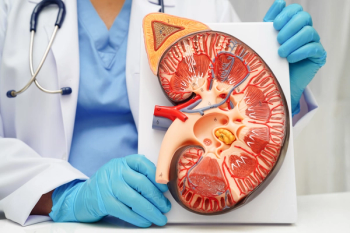
Analysis: Multifaceted Approach Needed to Address Global HCV Epidemic
The global hepatitis C virus epidemic faces several barriers and meeting WHO target goals will be difficult unless a vast strategy is implemented.
In 2017, the World Health Organization (WHO) targeted 2030 as the year to meet global elimination goals for
Although progress has been made in HCV treatment efforts, a new report published in The Lancet suggests that a multifaceted approach combining an extensive scaling up of screening, prevention, and treatment is needed to move toward global elimination. WHO elimination targets are defined as a 65% reduction in mortality and an 80% reduction in incidence by 2030 from 2015 baseline.
For the analysis, investigators estimated the worldwide impact of scaling up interventions that reduce the risk of transmission, improve access to treatment, and increase screening for HCV infection.
The status quo scenario, which represents the best estimate of what the HCV epidemic will look like with no changes made, maintains diagnosis and treatment rates at their 2016 values and assumes no reduction in risk.
The study authors added 4 intervention strategies to the status quo scenario starting in 2017: blood and safety infection control, harm reduction in people who inject drugs (PWIDs), offering direct-acting antiviral (DAA) therapy at diagnosis, and outreach screening.
According to the findings, interventions that reduce the risk of transmission in the non-PWID population by 80% and increase coverage of harm reduction services to 40% of PWID could avert 14.1 million new infections. Offering DAA therapy at the time of diagnosis in all countries could prevent 640,000 deaths from cirrhosis and liver cancer, the study showed.
Overall, implementing a comprehensive package of prevention, screening, and treatment interventions could prevent 15.1 million new infections and 1.5 million cirrhosis and liver cancer deaths, corresponding to an 81% reduction in incidence and a 61% reduction in mortality compared with the 2015 baseline. If successful, the WHO HCV incidence reduction target of 80% would be reached but mortality reduction would fall slightly short of the 65% target.
A version of this article was originally published by Specialty Pharmacy Times. Visit
Newsletter
Stay informed on drug updates, treatment guidelines, and pharmacy practice trends—subscribe to Pharmacy Times for weekly clinical insights.
















































































































































































































